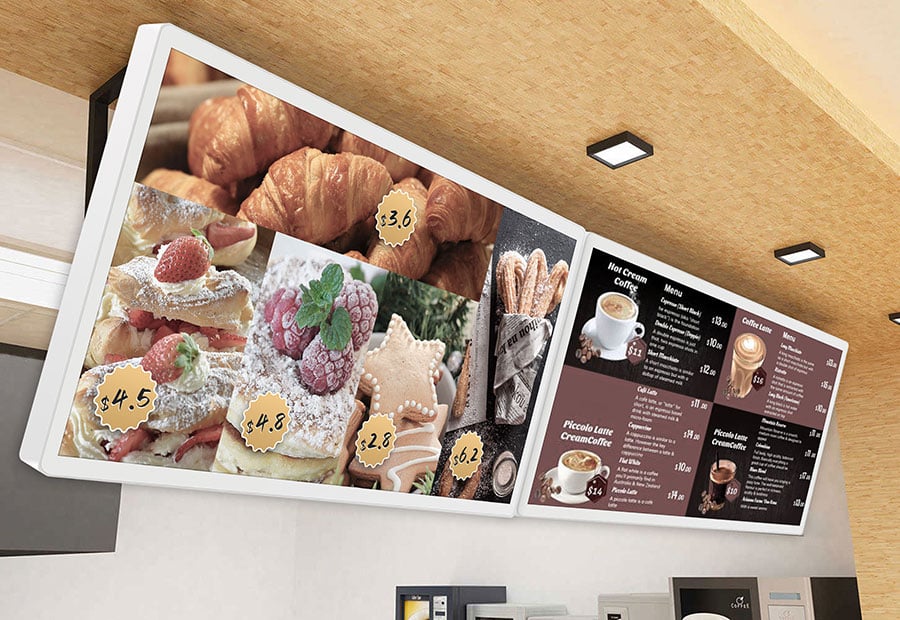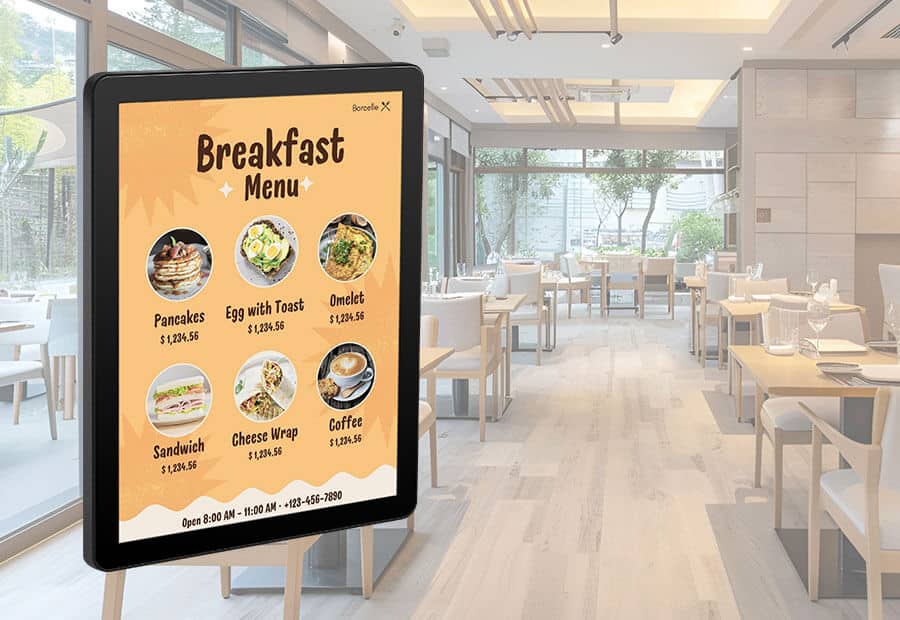The Environmental Benefits of Using Electronic Paper Displays
The Environmental Benefits of Using Electronic Paper Displays
Blog Article
What is an Electronic Paper Display and How Does It Work?
Display technology is now an integrated section of our everyday lives, showing in from smartphones and e-readers to large-scale promotion panels. On the list of varied array of E-ink screen display, OLED (Organic Light-Emitting Diodes), and LED (Light-Emitting Diodes) have surfaced as some of the very commonly discussed options. While every type provides its own distinctive purpose, their differences in features, efficiency, and use instances make sure they are ideal for particular applications. Let's have a closer look at the crucial traits of these display technologies.
Electronic Paper displays (ePaper)
Electronic Paper displays, also called ePaper or Electronic Ink displays, are designed to copy the look and readability of standard Ink on paper. That technology uses small microcapsules comprising charged black and white particles halted in an obvious fluid. When an electric subject is applied, the particles proceed to either side of the pill, making an obvious image. The picture stays static till still another electric subject is used, rendering it well suited for presenting text-based material such as for example publications, newspapers, and e-readers.

Among the main features of ePaper displays is their low power consumption. Unlike traditional LCD
Understanding Electronic Paper displays
A digital Paper display (ePaper) mimics the appearance of Ink on paper. Unlike conventional displays, ePaper depends on its capability to reflect ambient light as opposed to emitting their own. That technology not just decreases vision strain but in addition gives unmatched readability in sunlight, which makes it ideal for e-readers and digital signage solutions.
One standout feature of ePaper displays is their amazingly reduced energy consumption. Since they only use energy when changing content, ePaper displays are very efficient and suitable for battery-powered devices. However, their renew rates are slower in comparison to OLED and LED displays, decreasing their applicability to static or minimally dynamic content.
OLED displays
OLED displays are known for their gorgeous visual quality, providing lively colors, serious greens, and exemplary contrast. Each pixel in an OLED display produces its mild, reducing the need for a backlight. That not only makes for leaner, more lightweight patterns but additionally results in better energy effectiveness in comparison to LED using scenarios.
One key advantage of OLED displays is their flexibility. They could be manufactured in circular or foldable models, making them popular in cutting-edge smartphones and wearable devices. However, OLED monitors include issues, such as for example susceptibility to burn-in and smaller lifespans in comparison to different technologies.
LED displays
LED displays, the most common of the three, depend on a backlit process to mild their pixels. While not as successfully striking as OLED E ink signage, LEDs are extremely sturdy, long-lasting, and cost-effective. These features make them suited to a wider selection of programs, including TVs, computer screens, and outdoor advertising.
LED displays usually accomplish effectively with regards to illumination, creating them the ideal choice for environments with large ambient light. But, they are unsuccessful in reaching the same strong contrast and color reliability as OLED technology.

Ultimate Contrast
When deciding between ePaper, OLED, and LED displays, the option depends mainly on the supposed purpose. For fixed material like reading or signage, ePaper excels using its low power consumption and large visibility in organic light. OLED shines in applications wherever lively colors and flexibility are paramount. Meanwhile, LED stays a dependable and cost-efficient solution for many different general-purpose needs.
Each display engineering brings something special to the dining table, ensuring that there is a perfect option for every situation. Knowledge these variations can help people and companies make educated decisions that match their unique display requirements. Report this page